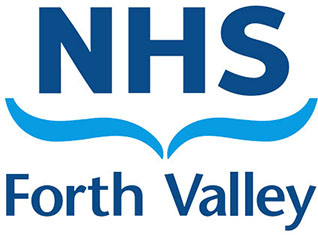Learn How to Save Lives
People in the Stirling area are to get the chance to view the medical equipment inside an ambulance and a community First Responders Vehicle which will be parked outside Stirling Community Hospital on the evening of June 25th 2014.
There will also be the chance to learn how to volunteer as a community First Responder and undertake basic life support training. This means being able to provide life-saving treatment to local residents who are critically ill in the first few minutes, prior to the arrival of an ambulance.
The opportunities are part of a meeting arranged by the NHS Forth Valley Public Partnership Forum which will also include representation from the Royal Voluntary Service Community Transport and Good Neighbours Service.
Public Partnership Forum Development Co-ordinator Jessie-Anne Malcolm said: “The event is open to anyone who has an interest in health and wellbeing. The Public Partnership Forum aims to make sure the public are aware of services provided by NHS Forth Valley, and ensures that their views are heard when issues are being discussed about care and treatment. It is very much a two way process”.
Those attending the meeting will be able to see what medical equipment ambulances and the First Responders vehicles carry; this includes life saving equipment such as defibrillators, and ECG machines.
The Scottish ambulance Service is divided into five regional operating divisions – the East Central Division covers Forth Valley, Tayside and Fife. There are ambulance stations at Stirling, Balfron, Killin, Callander, Falkirk and Sauchie.. Every 999 caller is asked detailed questions about the emergency as part of a clinical triage system which ensures patients receive the most appropriate response for their situation. This means that those with the greatest need are prioritised for the quickest response
Lewis Campbell, General Manager for the Scottish Ambulance Service in Forth Valley, said: “Our teams work closely with communities across Forth Valley to provide the highest standards of clinical care and the average response time for a life threatening emergency is around 6.7 minutes.”




